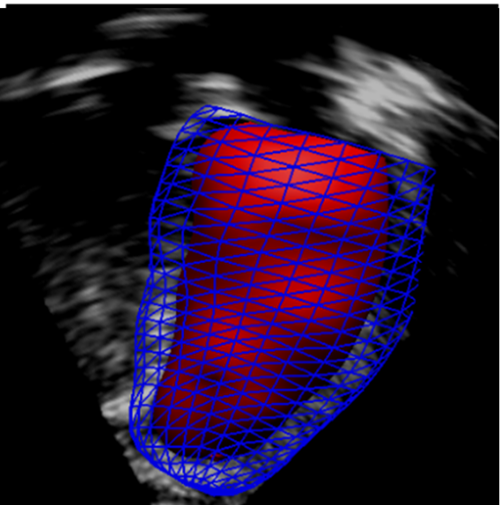Modelling our hearts

Recent television advertisements graphically illustrate what someone might look like when they are having a heart attack.
Now University of Auckland researchers can show us what a live beating heart looks like when it's having a heart attack.
Using computational biomechanics and medical imaging, cardiac mechanics researchers at the Auckland Bioengineering Institute (ABI) have built a dynamic 3D computer model of the two main pumping chambers (ventricles) of the heart. The interactive model shows how the motion of the ventricles is affected by the three most common heart disease scenarios – heart attack, arrhythmia and heart failure.
What's more, the research team have taken this technology and turned it into a ground-breaking, interactive heart web app currently on show at the Museum of Transport and Technology (MOTAT) as part of the "Brave Hearts: The NZ Cardiac Story" exhibition.
"We designed the app as an educational tool with high school and primary school students in mind," says Professor Martyn Nash, who leads the team.
"Using a touch screen, viewers can spin the model around, open up the virtual heart, and learn what happens to the heart during common disease scenarios."
The technology underpinning the app is part of a larger research programme at ABI, awarded nearly $5 million from the New Zealand Health Research Council earlier this year, to investigate the pathophysiological mechanisms underlying cardiovascular disease.
"Our goal is to develop new, more specific indices of heart health using personalised biomechanics models that combine medical images and blood pressure measurements," says Professor Nash.
"Heart diagnostics are largely based on some relatively non-specific measures and population statistics. We aim to improve on this using a personalised heart model for a more specific diagnosis, and hence a more effective therapy.
"Patients will be able to see the virtual models of their own hearts to help them understand the development of their diseases, why they need to improve their lifestyle choices and how their therapies are helping."
More information: 3D Heart Model: sites.bioeng.auckland.ac.nz/mwu035/braveheart/



















